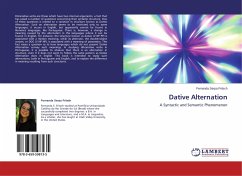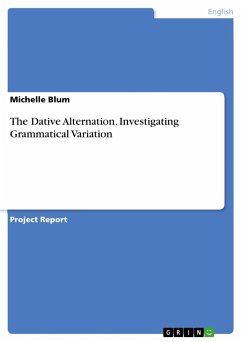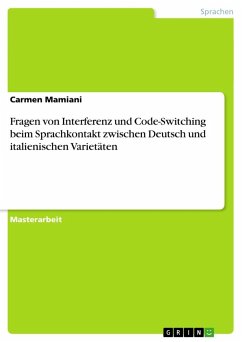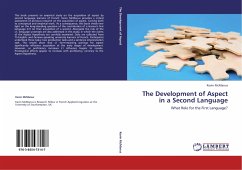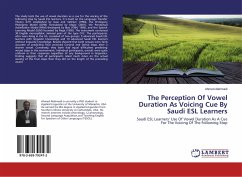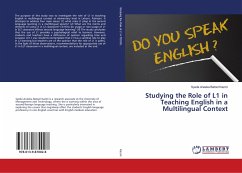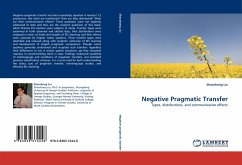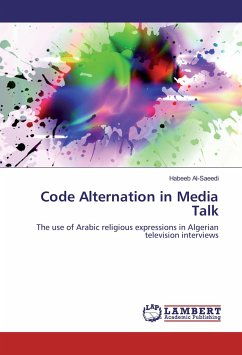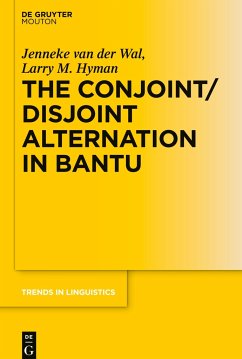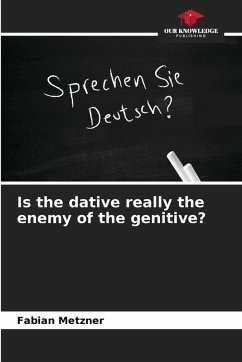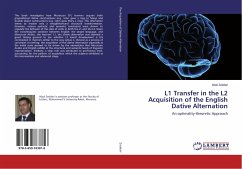
L1 Transfer in the L2 Acquisition of the English Dative Alternation
An optimality-theoretic Approach
Versandkostenfrei!
Versandfertig in 6-10 Tagen
55,99 €
inkl. MwSt.

PAYBACK Punkte
28 °P sammeln!
This book investigates how Moroccan EFL learners acquire both prepositional dative constructions (e.g. John gave a ring to Mary) and double object constructions (e.g. John gave Mary a ring). This alternation seems to involve only a straightforward structural transformation. However, various syntactic and semantic constraints were shown to regulate the behavior of this class of verbs in both the L1 and the L2. Given the cross-linguistic variation between English, the target language, and Moroccan Arabic, the learners' L1, the dative alternation was deemed a good testing ground to see whether L2...
This book investigates how Moroccan EFL learners acquire both prepositional dative constructions (e.g. John gave a ring to Mary) and double object constructions (e.g. John gave Mary a ring). This alternation seems to involve only a straightforward structural transformation. However, various syntactic and semantic constraints were shown to regulate the behavior of this class of verbs in both the L1 and the L2. Given the cross-linguistic variation between English, the target language, and Moroccan Arabic, the learners' L1, the dative alternation was deemed a good testing ground to see whether L2 lexical development is UG constrained in manners similar to the way syntax is. Viewed as a process of constraint re-ranking, the acquisition of the dative alternation especially at the initial state seemed to be driven by the mismatches that Moroccan Arabic and English exhibit at the structural and semantic levels of linguistic representation. Similarly, a clear role was attributed to proficiency level, accounting for the pattern of acquisition which the subjects exhibited at the intermediate and advanced stage.



